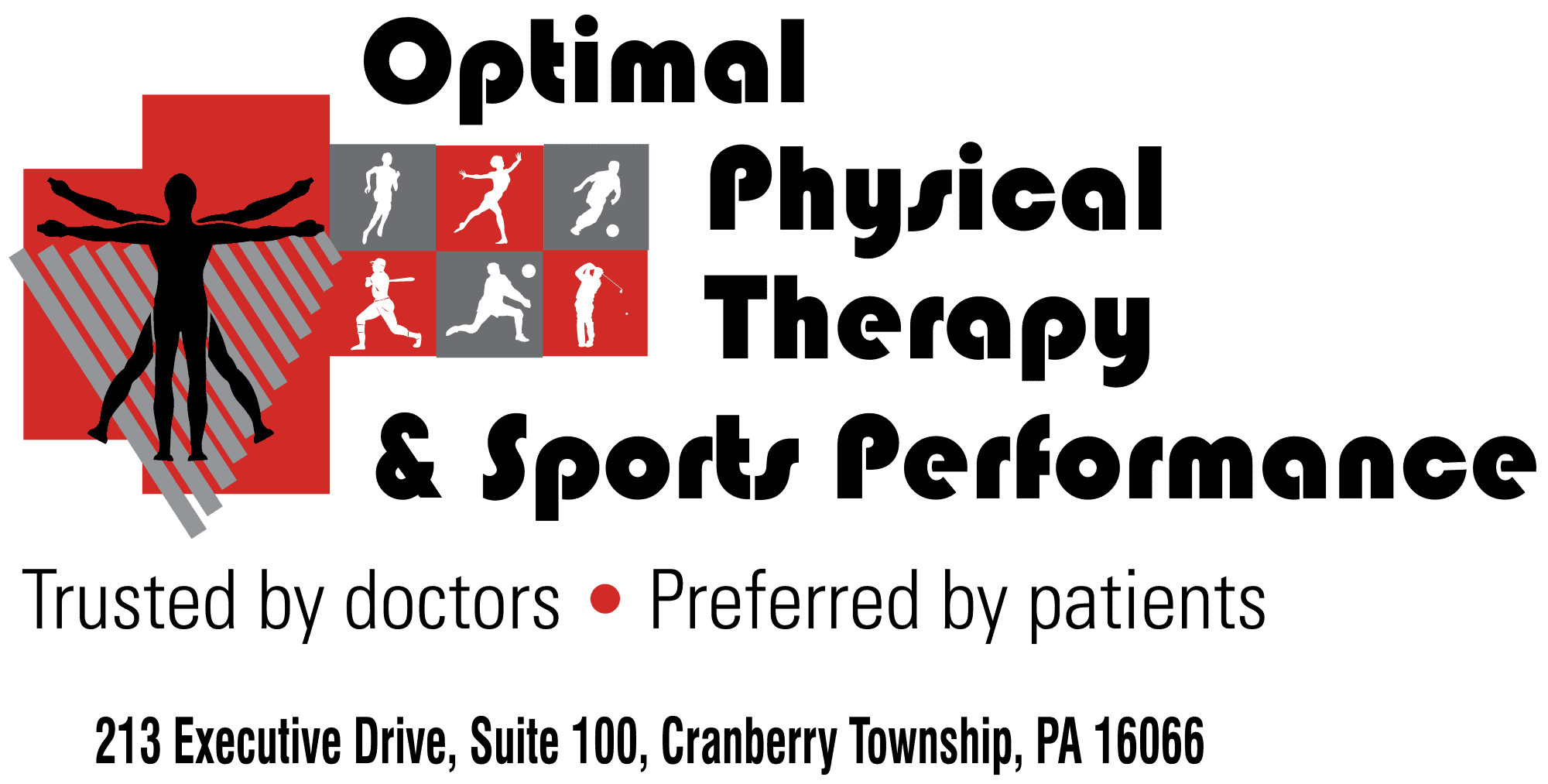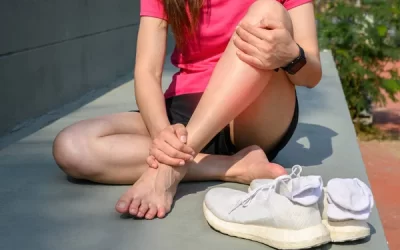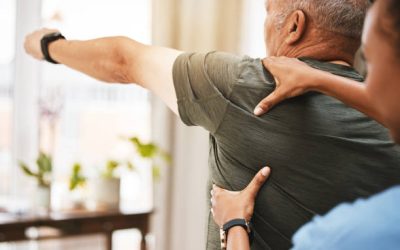Ask these questions to yourself or to someone you care about:
Are you over the age of 65?
Are you female?
Do you take 4 or more prescription drugs a day? Are any of these medications of the following types: diuretic, high blood pressure medication, antidepressants, sedatives?
Do you drink alcohol?
Do you have trouble seeing?
Do you have foot disorders?
Do you ever get postural hypotension?
Do you have trouble hearing?
Do you have a physical limitation that prevents you from moving well?
Each yes to a question posed above is a yes to the fact that you have that risk factor that makes you more prone to falling. Here are some facts about falls and how physical therapy here at Optimal Physical Therapy and Sports Performance can help you if you are concerned about falls or have fallen with or without injury.
It is a known fact in the United States that every year, 1 out of every 3 persons who are 65 years or older will experience a fall. 50% of those who fall will fall repeatedly. 90% of all hip fractures are a result of a fall. Falls are the sixth leading cause of death of those 65 or older and cause more deaths than either pneumonia or diabetes. 20% of hip fractures result in death within a year of fracture. Women are three times more likely than men to be hospitalized for fall related injuries. Younger senior women are actually more at risk than older senior women most likely due to the fact that they walk faster and have less time to recover from a stumble. The most serious falls tend to happen to those 75 years or older. 40% of persons 80 years old or older will experience a fall. Seniors who fall have a 3X greater rate of requiring nursing home care. Falls can have serious consequences: fractures, head injuries and a type of psychological trauma known as post fall syndrome which leads people to self imposed restrictions/activity level which further reduces strength and mobility and becomes a vicious cycle.
Most falls are known to occur in the morning and the most common type of fall is from standing height or less. Falls at home usually occur in the following places: bedroom, bathroom, living room or while going down the stairs. The most common activities associated with falls at home are: getting in/out of bed or a chair, tripping over a household object or loose floor coverings, slipping on a wet surface or from improper footwear, syncope while coughing or voiding in the bathroom. Falls at home are most often due to instrinsic factors such as leg weakness, unsteady walk, reduced sensory feedback, postural hypotensive episodes. Falls outside of the home are most frequently associated with extrinsic factors such as poor lighting and uneven ground surfaces.
Here are some myths and facts about falls. Things people say to themselves vs the truth: “My chance of falling is reduced if I become less active and stay indoors.”- Myth. Fact: Being less active actually increases your risk because inactivity reinforces muscle weakness and reduces your energy level. “The mere fact that I am afraid of falling will reduce my risk.”-Myth. Fact: Fear actually increases your risk because if leads to inactivity and lack of confidence in yourself. “If I use a cane or walker to prevent falls, I am giving up my independence and self control.”- Myth. Fact: Using an assistive device helps you not to fall and preserves your freedom and safety. You may need a device until you can get stronger or it may be needed long term.
Visual changes such as changes in depth perception, glare sensitivity, reduced visual acuity/dark adaptation and visual field changes from stroke or macular degeneration need addressed with eye exams, new eyeglasses if needed, cataract surgery and home modifications. Postural hypotension and multiple medications should be discussed with your doctor. Perhaps something can be changed. Staying properly hydrated throughout the day is also often a simple solution as well as taking things slower and more cautiously if you know you are prone to syncope. Foot disorders can be addressed by a foot specialist to trim toenails, shave calluses and support with proper footwear. Do not wear footwear that can slip off feet or trip you.
Sensory difficulty in legs or weakness in legs need a medical workup. You may have B12 deficiency, a spinal or neurologic problem, diabetes or a circulatory problem. Physical therapy can help a great deal with weakness, lack of endurance, balance instability and walking problems. It is important to know that many age-related changes are partly due to disuse rather than the ageing process itself. Just because you are older does not mean that you should have to accept weakness or pain or difficulty being mobile. There is so much that can be done to help you! Here at Optimal Physical Therapy and Sports Performance, we will take our time to listen to your concerns and history. We use outcome measures (personal surveys) to help us understand how you truly feel your balance is doing and where your perceived limitations are. We also use evidence based performance tests to get a good measure on exactly which functional activities pose the most challenge. We will evaluate your strength, motion at spine and limbs, sensation, balance and reaction times, and your walking. There are so many dimensions to balance and walking that we can take a look at and treat. We like to say that we are the experts at getting your life back into motion. It makes us so happy to have a patient leave with renewed confidence in themselves and hope to enjoy life into many more years.
We will be posting a Fall Prevention Safety checklist for home in a future blog. Give us a call at 724-779-1300 if you are concerned about falls and what you can do about them. We have effective treatments and will make sure you leave stronger, with good mobility and confidence!!



